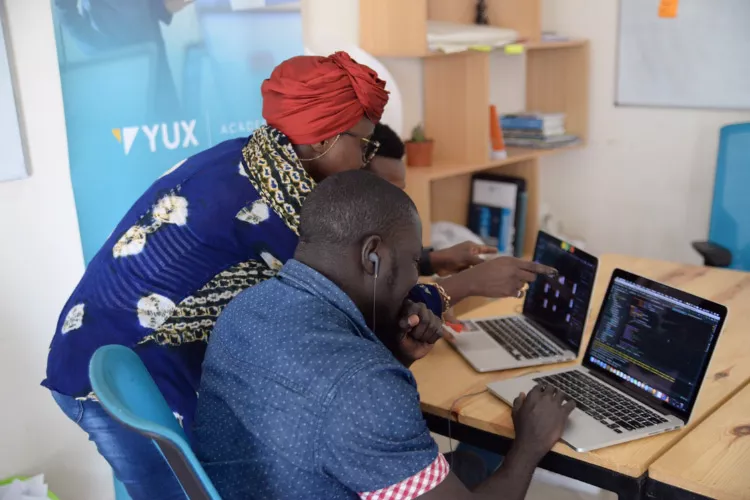
YUX is a research and design firm based in Senegal and Cote d'Ivoire. For 3 years, we have been working with fintech startups, MNOs and development organization combining UX and Human Centered Design methodologies with agile development teams to build digital products and services that are adapted to the African context.
After spending our first year (2017) doing mostly UX-UI work for MNOs and fintechs in Senegal, we had the chance in 2018 to do impactful user research, user testing and co-creation projects for various organizations all over the continent. We worked with Fintechs (InTouch), Telcos (Orange, Airtel-Tigo), Banks & Microfinance institutions (Societe Generale, Microcred), construction companies (Lafarge) and development organizations (GSMA, WFP, UNCDF, USAID) in Senegal, Côte d’Ivoire, Zambia, Nigeria, Cameroon and Rwanda.
Here are few of our insights we wanted to share with designers, product managers, scrum masters, developers and entrepreneurs.
Combine UX and Agile Methodologies all along the project
Most of our clients already have a strong tech team working in Agile mode but none of them had worked with UX designers before. It was thus very important for us to sensitize them about our process and see how it can integrate smoothly with their Agile process (mostly Scrum). The Key insights we learned are:
Start every project with a design sprint: spend at least one day (ideally 5) in a kick-off, user-centric workshop where you will define the product strategy, roadmap and key features and information architecture. It is crucial for all the key stakeholders to attend the design sprint: developers, scrum master, product owners, business owners, designers, user researchers… and clients! This practice of design sprints is very challenging in traditional and hierarchical companies - and you still find a lot of them on the African continent.
Always do user testing on design prototypes before sending it into a dev sprint. The African context is very different from the rest of the world in terms of digital behaviours so you’d better make sure your products are understood. A test may take you no more that 3 or 4 hours, but the feedbacks you will get are amazing. Don’t forget that it is at least 10 time longer and more expensive to break code than to break design… so you would rather get as much feedback as you can early in the process. For instance, the user tests we did when designing the new Orange Money app in Senegal where key to improve the experience and notably remove the burger menu icon which was rarely understood by the users.
Do design reviews of what has been coded every week. Even if you run with sprints of 2 or 3 weeks, it is crucial that your designers team review the front end that has been produced and make sure that it is consistent with the initial design. Often, developers take decisions to change some elements for technical reasons without making sure that is fits the design guidelines or changes the experience.
Run your design sprints (in the sense of a Scrum sprint) at least 3 weeks ahead of your Dev Sprint. All your designers should also be part of a scrum team and work on sprint of 2 or 3 weeks. But you’d rather have them working on design at least a sprint in advance of the front end team. However, back end developers can start working in parallel of the designers as soon as the features and services required are clearly defined.
Create a design system to be used by both developers and designers. You need a common language for them to make sure your front end will be consistent to your design. Therefore, you should create first some digital design guidelines (please don’t use your old marketing department’s graphic guidelines) where you detail your key components (buttons, field text, colors, animations, menus, etc). Then translate these guidelines into a component library using the front end technology of your choice (React, Ionic, Angular, HTML, etc.). Make sure this design system is well adapted to the African context in terms of wording, icons and colors. You could read here some specific insights about creating icons and using the rights words for your app.
We hope these insights will help you co-create digital products with your users that are more relevant to their contexts and natural behaviors. Looking backward, companies now start to understand that pushing products thought and built for the western world can not succeed in Africa — even with a ton of marketing!
Moreover, fast-growing start-ups and a few big companies are now demonstrating that localized UX and product strategy combined with Agile team organization can bring fast return on investment and dramatically increase customer adoption and referral. As the market becomes used to such methods and services, we see a larger opportunity everyday to build meaningful digital tools for Africans.
